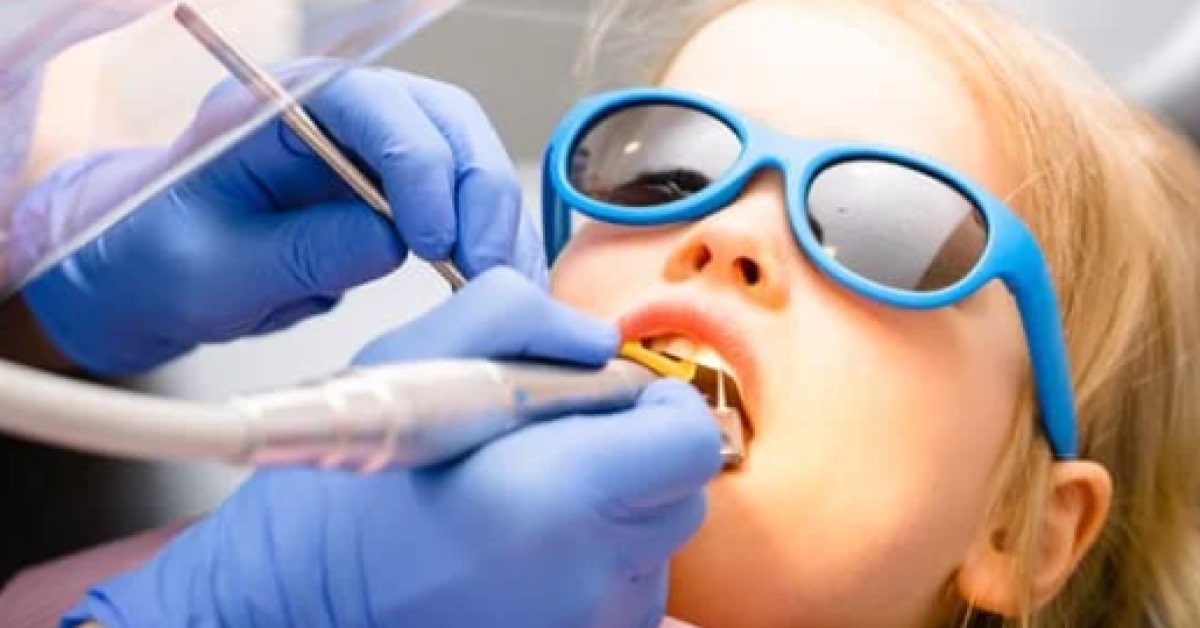Blog
July 03, 2023 • 10 mins readManaging TMD at Home, Things You Can Do Now With Your Dentist’s Guidance!
Learn how to manage TMD at home with guidance from your dentist. Find out the things you can do now to help relieve your TMD symptoms. Get tips on how to manage TMD at home.
Author
Danielle Duncan

In this Article
Temporomandibular Joint Disorder, commonly known as TMD, can be a painful and frustrating condition to deal with. If you’re experiencing intense jaw pain on one side or both, clicking sounds, or difficulty opening and closing your mouth, it’s important to seek guidance from your dentist.
In the meantime, there are several steps you can take to find relief from jaw pain at home. Let’s explore some useful strategies that can help alleviate your symptoms.
Practice Relaxation Techniques
Stress and anxiety can exacerbate TMD symptoms. Engaging in relaxation techniques such as deep breathing exercises, meditation, or yoga can help reduce muscle tension in the jaw and promote overall relaxation. By incorporating these techniques into your daily routine, you may find pain relief. TMJ (also known as TMD) triggered by stress can sometimes be relieved by reducing stress and following these relaxation techniques at home.
Apply Heat or Cold Packs
Applying heat or cold packs to the affected area can provide temporary relief from TMD pain. Use a warm compress or take a warm shower to relax the muscles around your jaw. Alternatively, you can use an ice pack wrapped in a cloth to numb the area and reduce inflammation. Remember to consult your dentist for guidance on the appropriate duration and frequency of heat or cold therapy.
Maintain a Soft Diet
Chewing hard or tough foods can put additional strain on your jaw joints. Opt for a soft diet, including foods like mashed potatoes, yogurt, soups, and cooked vegetables. Avoid sticky or chewy foods that may require excessive jaw movement. Some foods to avoid are hard and chewy candies, tough cuts of meat, and stiff breads. By giving your jaw a break from strenuous chewing, you can help alleviate TMD symptoms and promote healing.
Practice Good Posture
Improper posture can contribute to TMD symptoms. Make a conscious effort to maintain good posture throughout the day, especially when sitting at a desk or using electronic devices. Keep your head aligned with your spine, and avoid slouching or craning your neck forward. By maintaining proper alignment, you can reduce strain on your jaw joints and alleviate TMD discomfort. Ergonomic chairs, keyboards, and other office equipment can help reduce poor posture.
Avoid Excessive Jaw Movements
Excessive jaw movements, such as habitual gum chewing or nail biting, can worsen TMD symptoms. Be mindful of these habits and try to avoid them. If you catch yourself clenching or grinding your teeth, consciously relax your jaw muscles and position your tongue between your teeth to prevent further damage. Your dentist can provide additional guidance on how to break these habits effectively.
Use Over-the-Counter Pain Relievers
Over-the-counter pain relievers, such as ibuprofen or acetaminophen, can help alleviate TMD pain and reduce inflammation. However, always consult with your dentist before taking any medication to ensure it won’t interfere with any other treatments or medications you may be already taking.
Follow Your Dentist’s Recommendations
While managing TMD at home can provide temporary relief, it’s crucial to consult your dentist for a proper diagnosis and personalized treatment plan. Your dentist may recommend additional therapies, such as physical therapy, splints, or exercises, to address the underlying causes of your TMD. By following your dentist’s guidance, you can effectively manage TMD and improve your oral health.
Managing TMD at home requires a proactive approach and collaboration with your dentist. By incorporating relaxation techniques, applying heat or cold packs, maintaining a soft diet, practicing good posture, avoiding excessive jaw movements, using over-the-counter pain relievers, and following your dentist’s recommendations, you can effectively alleviate TMD symptoms and improve your quality of life. Remember, it’s essential to seek professional guidance to ensure a comprehensive treatment plan tailored to your specific needs.
Want to help save your patients on their TMD treatments? Schedule a call today to find out how medical billing can help your jaw patients find relief from financial burden!



